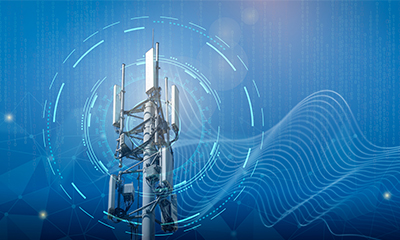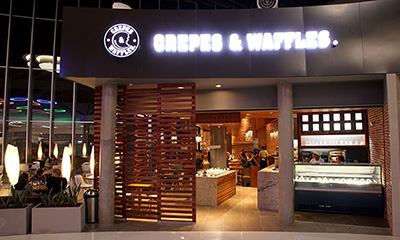More and more organisations are finding that two-way radios are unable to meet their demands. Land based radio systems are expensive, outdated and lacking in data capabilities and features. Coverage is limited according to radio compatibility and infrastructure. Investment in infrastructure is one solution but this can be expensive and is not always a realistic solution.
As cellular networks grow ever stronger, organisations are recognising that the limitations of radio technologies can be overcome by push-to-talk over cellular (PTToC also known as PTT and PoC) technology. As a result, they are increasingly wanting to make the switch from legacy two-way radio systems to PTT solutions.
To enable legacy radio users to either move to push-to-talk over cellular technology or to use a mix of radio systems, there is a requirement to integrate two-way radio systems with PTToC technology. This enables seamless communication between users, regardless of the devices they are using.
Integrating two-way radio systems with PTT applications enables users to take advantage of a range of additional benefits provided by a PTT application without having to change all their radios overnight. Users can migrate from radio to PTToC technology over a period of time.
In addition to this, integration with PTToC provides a range of other benefits:
Extended coverage: By leveraging cellular networks, PTToC extends communication coverage beyond the limitations of traditional two-way radios, which are often constrained by geographic obstacles or distance limitations. This ensures that communication remains reliable even in areas where radio signals may be weak or unavailable.
Scalability: Cellular networks provide a scalable platform for communication and enable organisations to easily expand their communication networks without the need for additional infrastructure investment. This is particularly useful for businesses with fluctuating communication needs.
Enhanced features: PTT applications provide a range of features not typically available with traditional two-way radios. These include multi-media messaging, location tracking, SOS alerts, group calling, multimedia sharing and live video communication. These additional features all contribute to improved productivity and collaboration.
Cost-effectiveness: By leveraging existing cellular infrastructure, organisations can eliminate the need for expensive radio infrastructure maintenance and upgrades.
Location services: Many PTT applications offer location services, allowing organisations to keep track of their employees, wherever they are in the world. This can help to improve the safety of workers and optimise the allocation of resources.
Ease of use: Smartphones and mobile devices with PTToC applications are generally easier to use and more intuitive than traditional two-way radios. What’s more, a full range of features can be accessed on one device, meaning that the user doesn’t have to juggle different devices for different features.
To summarise. With the growth in cellular coverage, more and more organisations are wanting to integrate LMR and DMR radio systems with PTToC applications. It offers numerous benefits that can significantly enhance communication effectiveness, efficiency, and flexibility for organisations across various industries.
To find out more about PTToC, drop us an email to sales@mobiletornado.com




